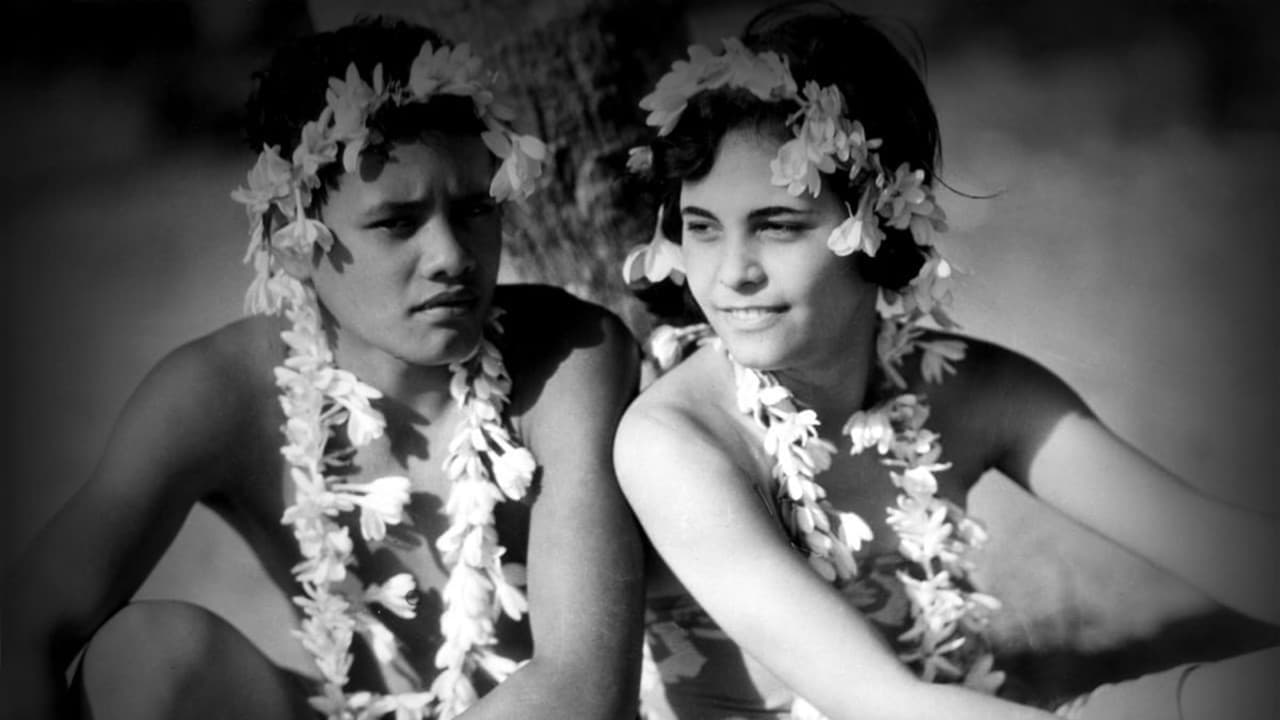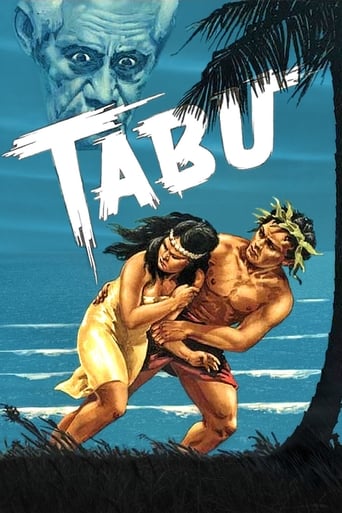



Entertaining from beginning to end, it maintains the spirit of the franchise while establishing it's own seal with a fun cast
View MoreTells a fascinating and unsettling true story, and does so well, without pretending to have all the answers.
View MoreThe film's masterful storytelling did its job. The message was clear. No need to overdo.
View MoreOne of the film's great tricks is that, for a time, you think it will go down a rabbit hole of unrealistic glorification.
View MoreTabu might best be described as ethnographic-fiction which combines Robert J. Flaherty's documentary style with F.W. Murnau visual sensibilities. The result is one of the last great silent era films. The naturalistic setting is perfectly matched by the realistic acting of the non-traditional cast, the local Polynesian people. As a tragic love story, the plot is deceptively simple, yet it is unexpectedly engaging. Murnau's expressionist background continues to be expressed through his artful use of light and shadow. His decision not to use inter-titles to explain dialogue was perhaps the most fitting to the story and the setting, leaving the majority of the plot development to the actions of the characters and the work of the camera (Klaus Ming November 2008).
View MoreThe brainchild of German genius F.W. Murnau and documentary innovator Robert J. Flaherty (of Nanook of the North (1922) fame), Tabu uses the beautiful, untouched landscape of the South Pacific and employs non- professional natives to tell the beautiful story of love found and lost, and ultimately the death of paradise. Murnau died in an automobile accident shortly before the film's premiere and, thus, was his last gift to the movie-going world. Though it doesn't come close to the iconic expressionist horror of Nosferatu (1922) or the dark, satirical humour of The Last Laugh (1924), Murnau's epitaph is a simple, yet heart- wrenching cinematic poem.The best spear-fisherman on Bora Bora is a handsome young man billed simply as The Boy (Matahi). His legendary status and unparalleled skill makes him popular amongst the islanders, and soon he has caught the eye of The Girl (Reri - who went on to star on Broadway as Anne Chevalier). They romance each other, but their affair is soon halted by the arrival of emissary The Old Warrior (Hitu), who proclaims Reri as the sacred maiden. She is 'tabu', and cannot be looked upon by any man unless he wishes the punishment of death. The couple brave storm and sea to escape, an arrive in a French-colonised island, where Matahi start work as a pearl diver. But their happiness is fleeting, and Reri is soon haunted by the image of Hitu, terrified she may have angered the gods.The plot is hardly anything new, but Floyd Crosby's Oscar-winning cinematography makes Tabu more socially aware that the film may have you believe. The subtle yet crucial involvement of the French colonists, finding amusement at Matahi's lack of understanding regarding money and material wealth, is a clear swipe at the creeping of Western civilisation. Bora Bora won't stay pure for much longer. And that adds a gravitas to Matahi and Reri's plight - not only is their romance doomed, but so are their traditions and society. It is one of the last great silent films, a reminder that sound can be an unnecessary distraction, and that picture's can sometimes genuinely speak louder than words.www.the-wrath-of-blog.blogspot.com
View MoreThis is a great film, one that actually benefits from being silent. The south-seas love story could seem incredibly hackneyed, but the sensitive silent presentation makes it all seem believable. Flaherty's painstaking ethnographic research pays off, establishing that we are getting a genuine look at Polynesian village life. The roles are played by actual villagers under their own names.This was originally going to be a documentary like Nanook of the North, but Murnau got so fascinated by Polynesian legends told by the locals that he decided to incorporate them into the story. This also meant that he had to invest his own money in the film, as Hollywood would have none of it. Nowadays we think anything so beautiful couldn't be genuine, but Murnau and Flaherty seem to have constructed an accurate document.The tragic love story has its parallel in real life, as Murnau was killed in a car-crash days after the film's completion.The MTV generation is better able to appreciate silent films than the 60's crowd, so I recommend to viewers interested in something different.
View MoreFor discerning fans of classic filmmaking, the surviving work of director F.W. Murnau remains some of the most significant and stunning of the silent era. Filmed entirely in Tahiti, `Tabu' would prove to be Murnau's last film (he died in a tragic car accident on March 11, 1931, just weeks before the film's premiere) and most unusual - he actually collaborated with director Robert Flaherty (`Nanook of the North') in this tale of two doomed lovers that unintentionally transports `Romeo and Juliet' into the South Pacific. Unlike his landmark expressionist titles such as `Nosferatu' and `Faust,' Murnau's `Tabu' is set mostly outdoors and features dazzling images of beautiful young native men and women at home in their Polynesian paradise in the first part of the film, with haunting images used to chronicle tragedy and paradise lost in the second half of the 81 minute classic.Although no members of the cast were professional actors, the performances by Matahi (as a young pearl fisherman) and Reri (as the `tabu' island girl) are moving. More than 70 years after its release, `Tabu' remains essential viewing, and UCLA's restoration of this classic has been a highlight of the schedule of new DVD releases in 2002. In fact, the film's luxurious black-and-white cinematography garnered cameraman Floyd Crosby an Oscar. DVD extras include audio commentary by UCLA Film Professor Janet Bergstrom; outtake footage; theatrical trailer; still gallery; short film titled `Reri in New York.'
View More